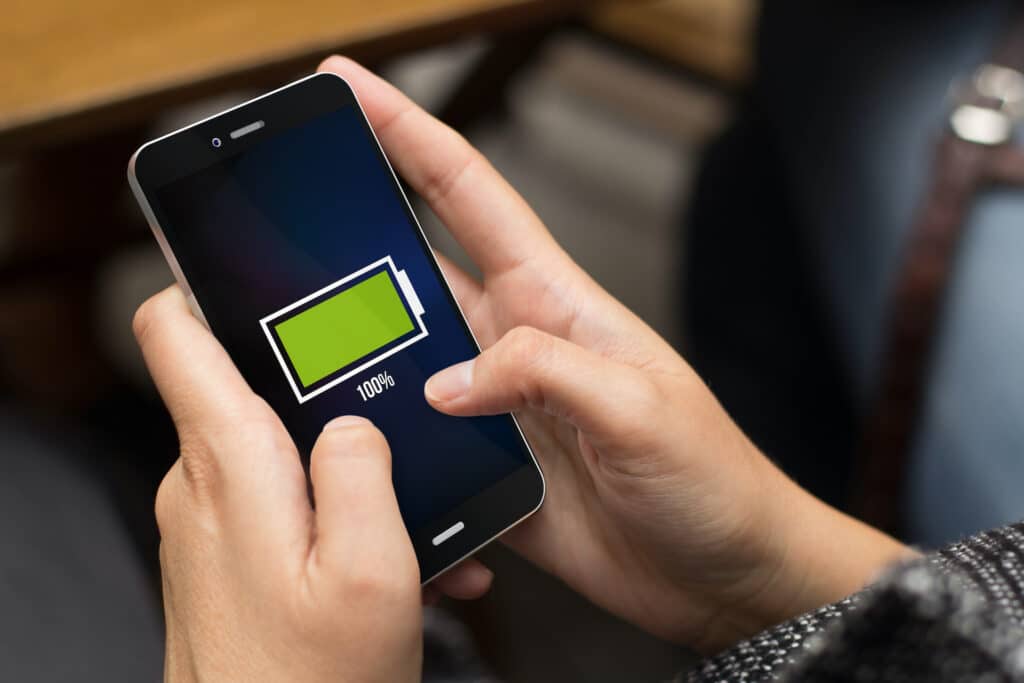How to Improve Your Battery Life

Everyone has encountered a time where their “phone’s about to die” since the battery is too low. There are several methods to prolong your cell phone battery’s life. This article emphasizes the simple and cost-effective solutions to keep your battery charged for an extended amount of time. Try to Eliminate the Use of Battery-Draining Applications […]
Are Apple’s Devices Really More Secure?

For the better part of four decades, Apple has bragged that their devices are more secure than PCs. Additionally, hackers don’t bother building threats specifically for their operating systems because their security is so superior. For this reason, Apple has routinely refused advances from law enforcement to share workarounds so that police can get into […]
How Will the IoT Be Shaped by 5G Connectivity?

If there’s any technology that has received hype in recent months, 5G connectivity has to be a contender for the most anticipated. The fifth generation of wireless connectivity is staged to benefit society and businesses alike. This is done through improved automation. Especially with the concurrent growth of the Internet of Things helping to develop […]

